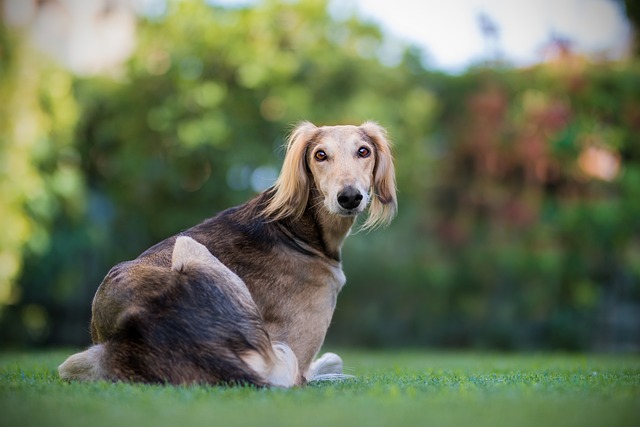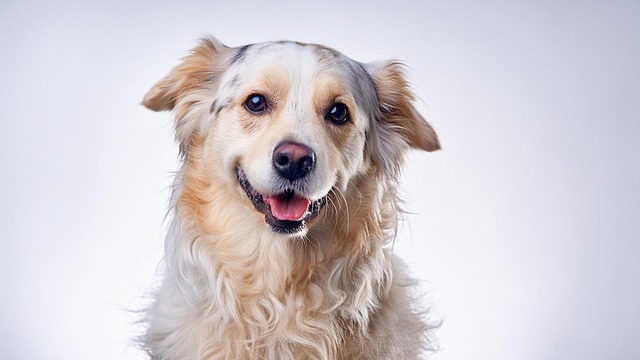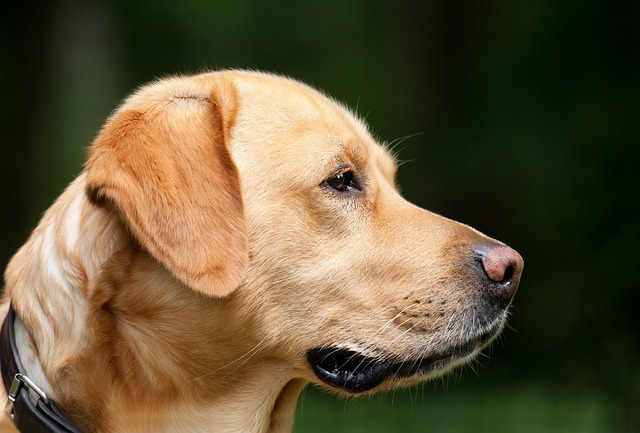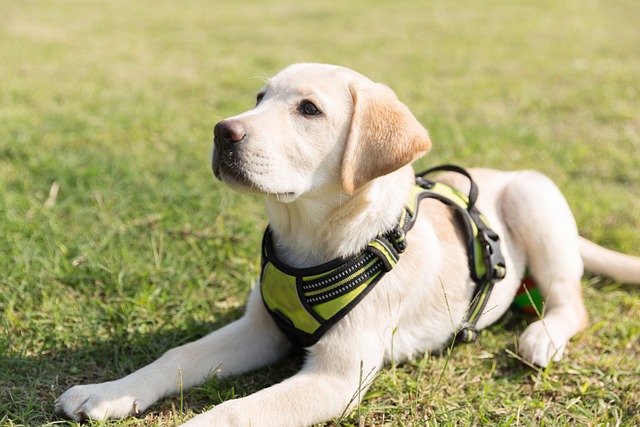
How do i train my dog to be obedient?
Watching your dog dart across the park ignoring your calls isn’t just frustrating—it can put them at risk near busy streets or public spaces.
When we bring our dog home with joy, we expect it to be a gentle and friendly little angel, but sometimes it can show a fierce side to other dogs or even humans, which makes us both confused and worried. The aggressiveness of dogs not only causes trouble for themselves, but may also endanger the safety of others. So, can the aggressiveness of dogs be eliminated through training? The answer is yes, as long as you master the correct methods and have enough patience, your dog's aggression can be effectively improved or even eliminated.
There are various reasons why dogs develop aggression. Some dogs may have a strong sense of territory, and when other animals enter their designated territory, they immediately issue warnings or even launch attacks. For example, when your dog is playing on the lawn in the community, if a stranger dog approaches, it will start barking wildly, which is due to territorial awareness. Some dogs may have suffered trauma in the past, such as being bitten by other animals or abused by humans. These painful experiences can fill their hearts with fear, and when faced with similar situations, they may exhibit aggression in order to protect themselves. In addition, a lack of socialization is also an important factor. If dogs do not have sufficient exposure to other breeds and different environments during their puppy years, they may feel nervous and uneasy towards unfamiliar dogs as they grow up, leading to aggressive behavior.
Once we understand the reasons, we can conduct targeted training. Firstly, establishing a good relationship of trust is crucial. Dogs are only willing to obey their owners' commands if they trust them. Spend more time with your dog, personally feed and play with it, and let it feel your care. During the training process, always maintain a gentle attitude and never beat or scold the dog, as violence will only make the dog more fearful and anxious, thereby increasing its aggression.
Social training is a crucial step in eliminating aggression in dogs. Take your dog to different places and expose it to various people and other dogs. At the beginning, choose a quieter environment with fewer dogs to gradually adapt to external stimuli. For example, take the dog to the corner of the park where there are few people and dogs, and let it gradually become familiar with the surrounding environment and the presence of unfamiliar dogs. Then, gradually increase the difficulty and go to places with many people and dogs. During this process, it is important to constantly monitor the dog's emotions. If it shows signs of tension or unease, it is important to comfort it promptly, speak to it in a gentle tone, and gently stroke its body. When dogs can calmly interact with other dogs, rewards should be given in a timely manner, which can be delicious snacks or enthusiastic praise and caresses, to make the dog understand that this friendly behavior will be recognized and rewarded by the owner.

Desensitization training can also help dogs overcome fear and reduce aggression. For example, if a dog is afraid of the approach of a stranger and shows aggression, we can find a gentle dog and keep it at a certain distance from our own dog. Observe the reaction of your own dog and reward it if it does not immediately exhibit aggressive behavior. Then, gradually shorten the distance between the two dogs, and reward them in a timely manner every time they can maintain calmness. Through this repeated training, the dog gradually adapts to the approach of unfamiliar dogs, eliminating fear and aggression.
The positive motivation training method is also very effective. Dogs are very intelligent animals, and they enjoy receiving recognition and rewards from their owners. When a dog behaves correctly, such as greeting other dogs in a friendly manner without any aggressive behavior, rewards should be given immediately. You can prepare some snacks that dogs like, feed them promptly when they perform well, and praise them in a happy tone. In this way, dogs will understand that as long as they show friendliness, they can get delicious food and the love of their owners, making them more willing to change their behavior.
In the process of training dogs, we need to have enough patience and perseverance. Changing a dog's aggressiveness is not an overnight task, it may take weeks or even months, during which various setbacks may be encountered. But as long as we don't give up and always adhere to the correct training methods, dogs will gradually become gentle and friendly. Dogs are our good companions in life, bringing us endless joy and companionship. When a dog has aggressive problems, do not easily abandon it, but use love and patience to help it. I believe that through our efforts, every dog can become a gentle and lovely little angel, living in harmony with us and enjoying a beautiful life together.
Do you think this article highlights the key points you want? If you would like me to add some specific training cases or adjust the language style, please feel free to ask at any time.

Watching your dog dart across the park ignoring your calls isn’t just frustrating—it can put them at risk near busy streets or public spaces.

New puppy owners often find themselves rushing to clean up accidents before they set in, and that’s where puppy pad training becomes a game-changer.

If you've noticed your dog's waistline disappearing and your veterinarian has mentioned those few extra pounds, your first instinct might be to simply reduce the amount of food in their bowl.

Training a dog to use a designated spot indoors isn’t as daunting as many new owners fear, but it does take consistency and an understanding of your pet’s needs.

That moment of dread on a walk is all too familiar for many new dog owners. You see another dog approaching down the sidewalk of your neighborhood

If the sight of another dog on your neighborhood walk makes your heart sink as your own dog erupts into a frenzy of barking and lunging, you're not alone.